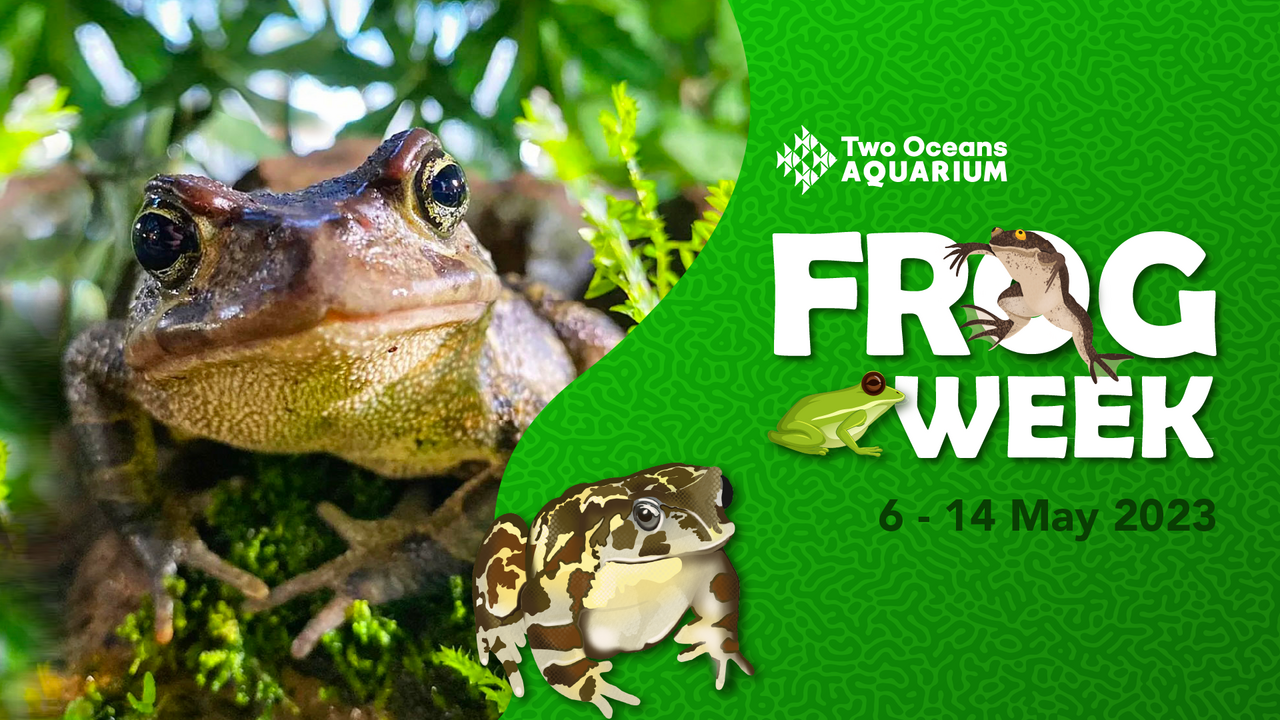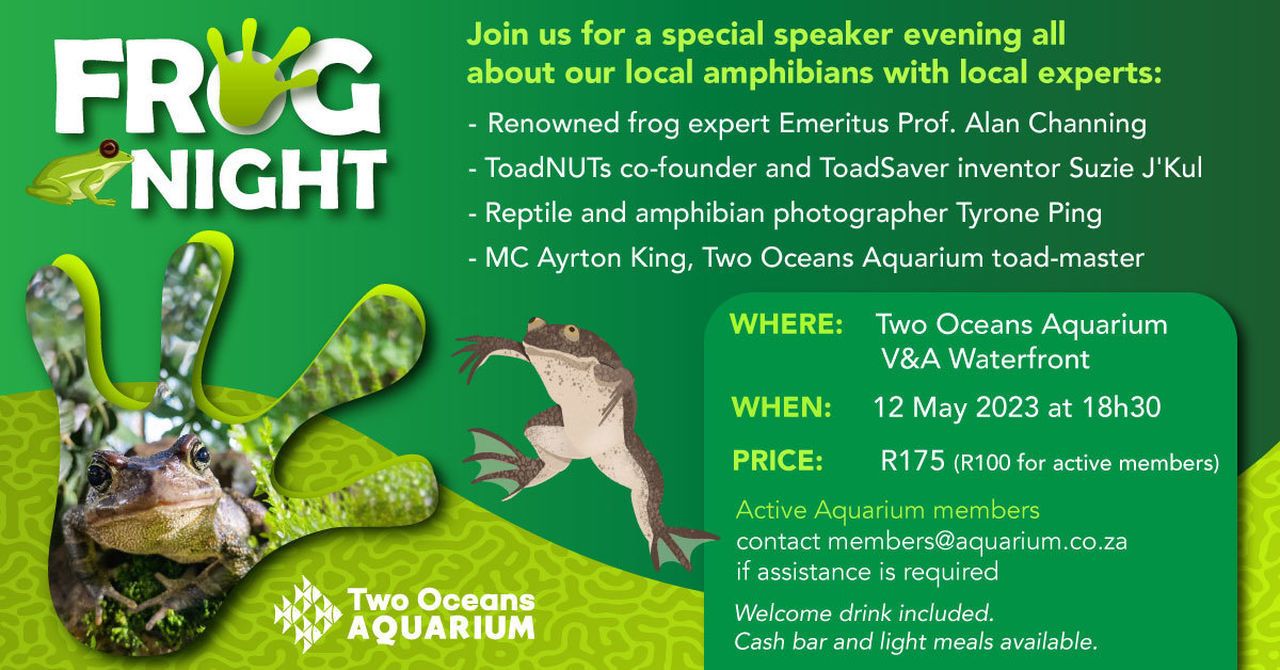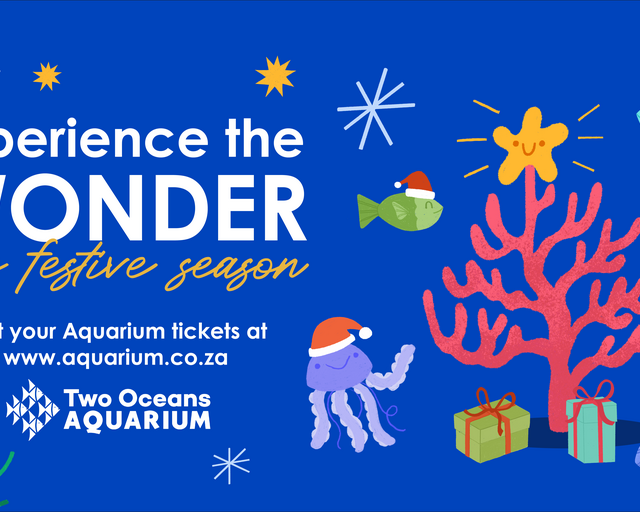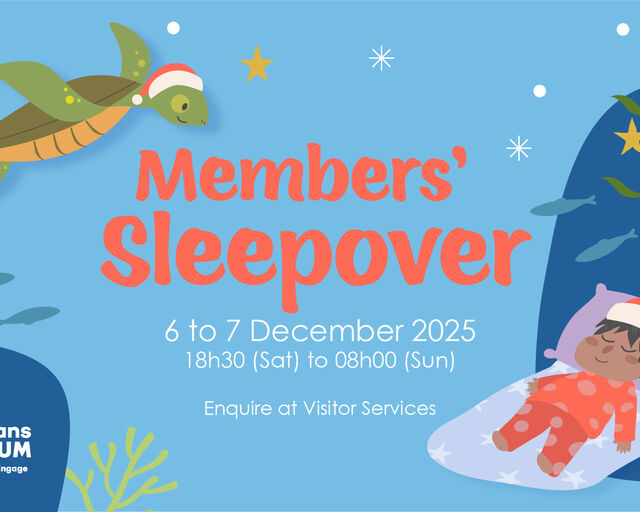We're celebrating South Africa's amphibians in style at the Two Oceans Aquarium, by learning more about the Western Cape's frogs and toads, and help raise awareness about the global decline in amphibian species. Join us for our Frog Week activities, and discover more about these fascinating animals
Frog Week: 6 to 14 March 2023
Join us for some croakingly great Frog Week daily activities:
- Special pop-up exhibit dedicated to our frogs and toads.
- Froggy arts and crafts for kids in our I&J Children's Play Centre.
- We will also be hosting “Frog Night” which will be a speaker evening on Friday 12 May 2023, at 19h00. You do not want to miss this (spaces limited, book here)!
- Daily frog and toad facts and fascinating on our socials (why not hop on to our Instagram)?
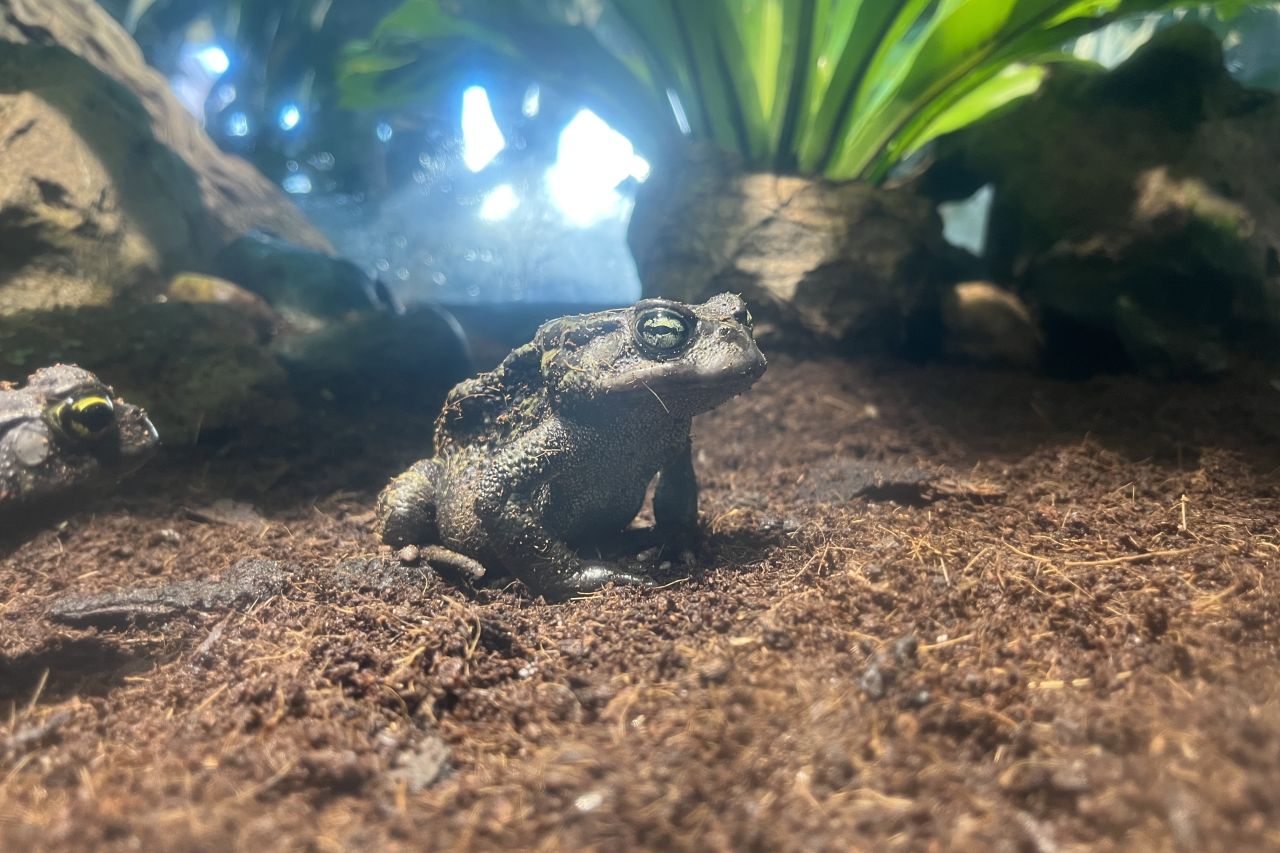
Join us at Frog Night on 12 May
We invite you to join three special guests at the Two Oceans Aquarium on the evening of 12 May 2023 for “Frog Night”, a speaker evening with incredible members of the South African amphibian community.
- When: Friday 12 May 2023, 18h30 for 19h00
- Where: Two Oceans Aquarium, Dock Road, V&A Waterfront
- Price: R175 (R100 for Members) – only available online
- Tickets includes evening Aquarium access and a drink.
- Aquarium members log in with the same account used for your Membership on our online store (contact members@aquarium.co.za if assistance is needed.
- A cash bar will be available with light meals for purchase.
- Please note that the content of the evening is quite advanced and young children might require parental guidance.
The importance of frogs to conservation
Two Oceans Aquarium CEO Michael Farquhar says that frogs are an important indicator species for environmental health. "I imagine that a number of you may have thought that frogs and the Two Oceans Aquarium are an unlikely combination given that there are no marine amphibians," he says." We have, however, always stressed the importance of good catchment management in the conservation of coastal marine ecosystems. We have adopted the "H2O" or Hilltop to Ocean concept – implying that whatever we do on land impacts the oceans."
"Frogs are ideal animals on which to hang such a conservation programme because they have porous skins through which water and oxygen are absorbed, but also through which environmental pollutants are also absorbed, making them very susceptible to polluted environments and causing scientists to consider them indicators of environmental health. If the frogs disappear, we should worry!”
What are frogs?
Frogs and toads belong to the order Anura, which is ancient Greek for “without tail”. Frogs generally have moist, smooth skins, while toads have warty, dry skins. Toads also have short back legs for walking rather than jumping. The warty bumps on a toad’s skin help to camouflage it so that it can hide from predators.
Do you know frogs have lived on Earth for over 200 million years? They live on every continent except Antarctica. Southern Africa is home to about 135 species, of which 131 can be seen in South Africa. Half of these species are endemic, i.e. found nowhere else in the world.
What kinds of frog live in Cape Town?
The Western Cape is a hot spot of frog diversity – it is home to, among others, the endangered western leopard toad Sclerophrys pantherina, the critically endangered Table Mountain ghost frog Heleophryne rosei, the endangered Cape platanna Xenopus gilli, the critically endangered Cape Flats frog Microbatrachella capensis, and the vulnerable Rose’s mountain toadlet Capensibufo rosei.
Western leopard toad (Sclerophrys pantherina)
The Western Cape is the only place in the world where you will find Western leopard toads. They live in natural vegetation, on farms, and in compost heaps and log piles in gardens but move to water, especially wetlands, to mate and lay their eggs.
Male Western leopard toads start calling in early spring – their call sounds like loud snoring! When you hear them calling, you will know they are about to start moving towards water, where they will mate and lay their eggs. The Western leopard toad grows up to 140mm long.
Many Western leopard toads are killed during the breeding season as they have to get through or over garden walls, pavements, and roads to get to their breeding sites near water. If you see a toad on the road, please pick it up and put it on the other side of the road (pointed in the same direction it was going).
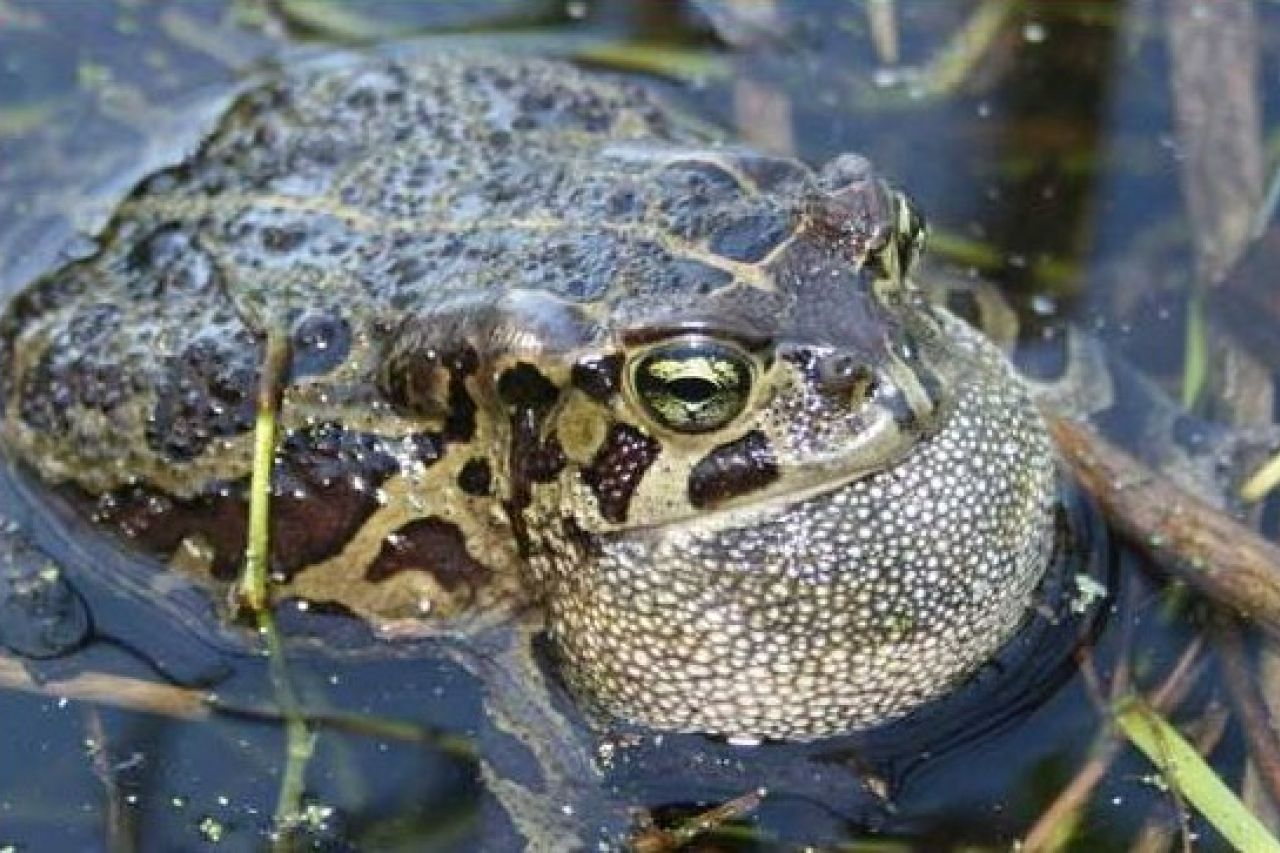
Table Mountain ghost frog (Heleophryne rosei)
Few people will be fortunate to see one of these frogs hence the name ghost frog. Besides being very rare, they are also secretive, coming out at night to feed on insects. The name Heleophryne means “the one which is afraid of the sun”.
These critically endangered frogs live only on Table Mountain in streams and moist, forested gorges in an area no bigger than eight square kilometres. The streams are fast flowing and cold and often flow through shady forests where the vegetation is thick and low-hanging.
The frogs in these streams are specially adapted to living in the fast-flowing water. The tadpoles have large, sucker-like mouths with 16 rows of teeth. They use their teeth to pull themselves over rocks in fast-flowing streams. The adult frogs have sticky pads on their fingers so they can climb over slippery rocks.
The reservoirs on Table Mountain, from which we get our water, have reduced the flow of the mountain streams. Instead of flowing all year round they now only flow during the rainy season. This means that Table Mountain ghost frogs have fewer breeding places. The Table Mountain ghost frog grows to 45-60mm long.
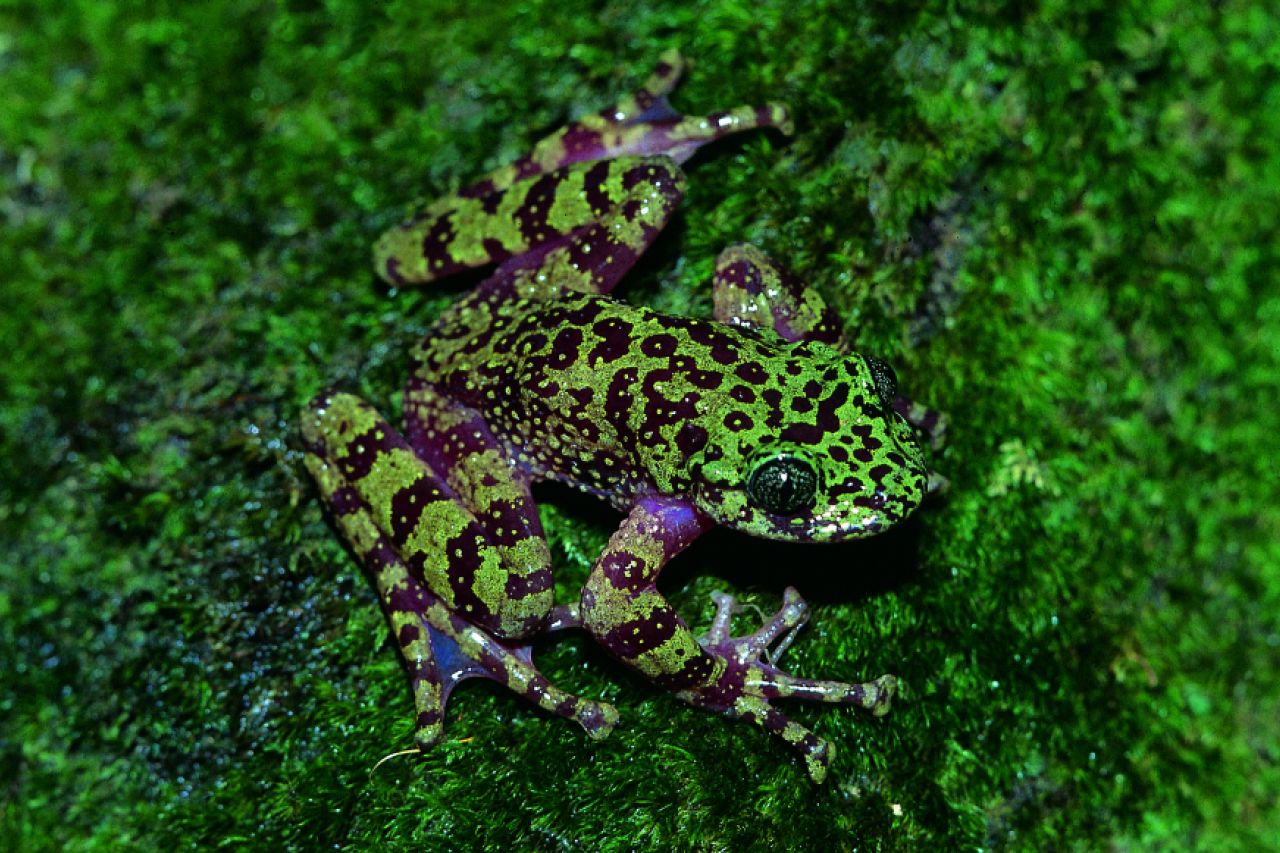
Cape platanna (Xenopus gilli)
Cape platannas live only in water in natural wetlands on the sandy flats on the Cape Peninsula. They bury themselves in the damp mud when seasonal wetlands dry up in the summer months and reappear after the first rains.
Cape platannas are threatened by invasive alien vegetation, which has altered the acidity levels in wetlands, and by urban development because many seasonal wetlands have been filled in or drained. They have hybridised with the more abundant Common platanna Xenopus laevis. The Cape platanna grows to 40-60mm long.
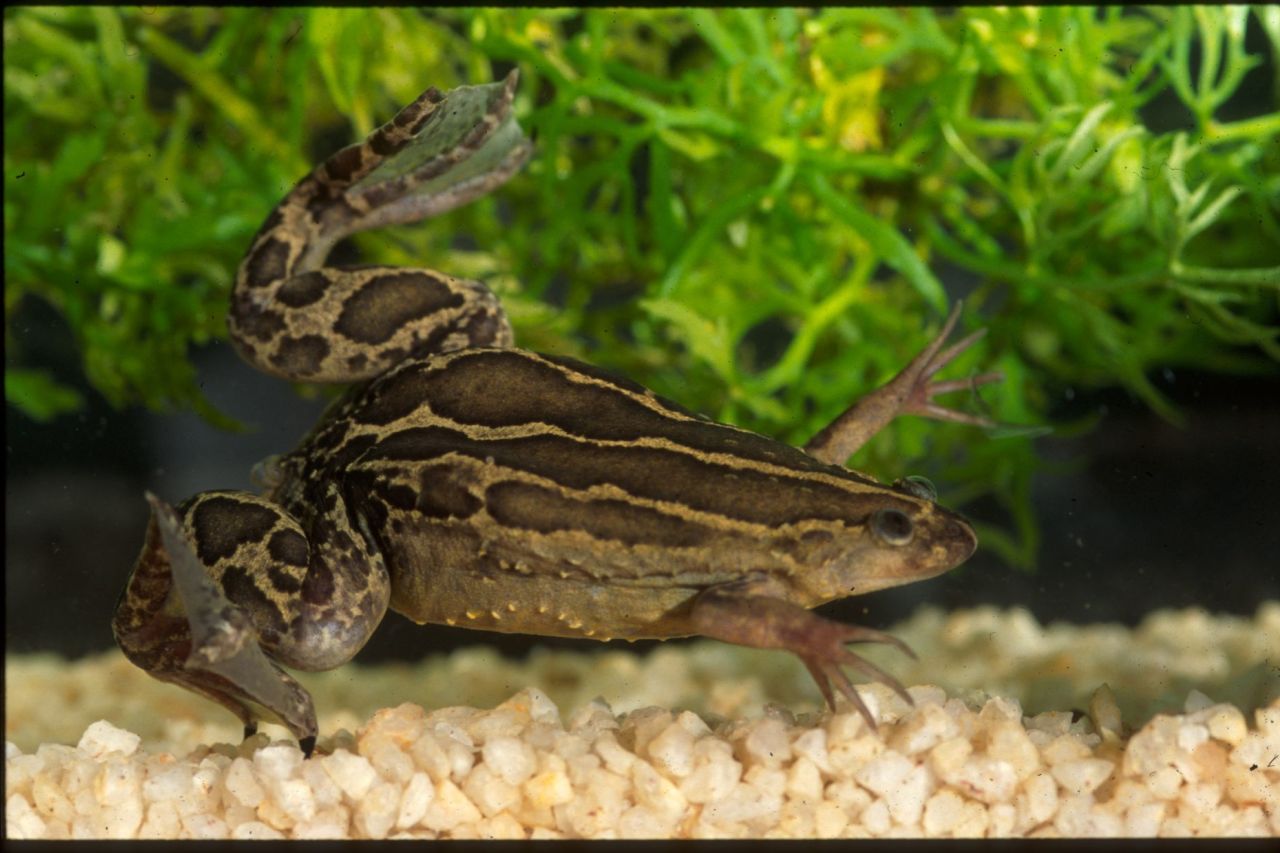
Cape Flats frog (Microbatrachella capensis)
Measuring between 12 and 16mm the Cape Flats or micro frog is the smallest frog in southern Africa and is critically endangered. These frogs live only in certain areas between Betty's Bay and Cape Agulhas, and in the middle of the Kenilworth Racecourse in Cape Town! They are threatened by urban and agricultural development as well as invasive fauna and flora.
When the seasonal wetland starts to dry up, micro frogs bury themselves under the mud and hibernate during the dry season.
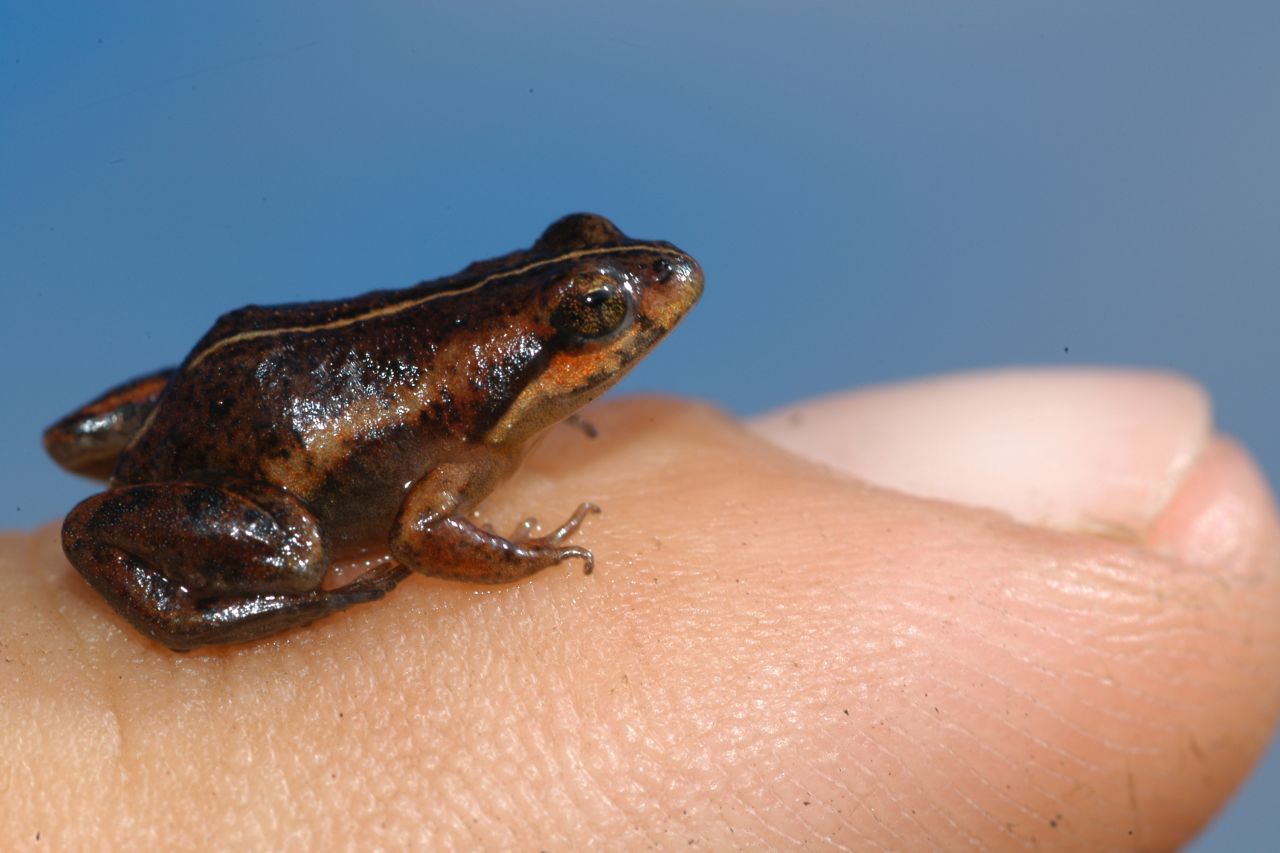
Rose’s mountain toadlet (Capensibufo rosei)
Rose’s mountain toadlets live only in fynbos marshes in certain mountainous areas of the southwestern Cape and are endemic to the Table Mountain National Park.
Named after a famous herpetologist, Walter Rose, these toads have no call and cannot hear – they are voiceless toads. It is thought that they use visual or chemical cues instead to communicate with one another.
Their back legs are adapted for running and crawling rather than jumping. These toads spend a fair amount of time inside burrows where they forage for food, mainly insects. They also take shelter in these burrows during fires and so are able to survive some of the hottest of fynbos fires. Rose's mountain toadlets grow to 30-35mm long.
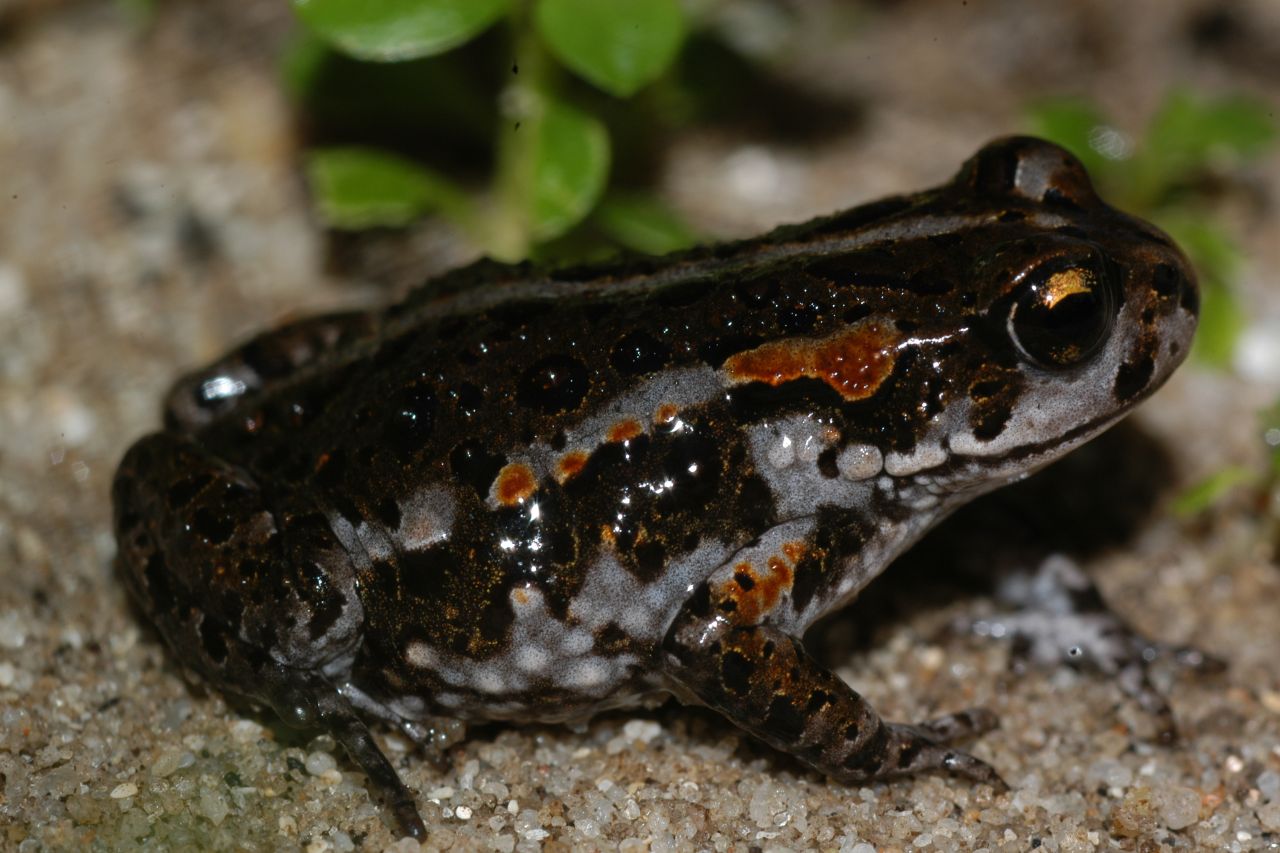
Why are frogs and toads so special?
Frogs and toads are vitally important as they are indicator species. An indicator species is “a species whose status provides information on the overall condition of the ecosystem and of other species in that ecosystem. They reflect the quality and changes in environmental conditions as well as aspects of community composition” according to the United Nations Environment Programme (1996).
Frogs are indicators of the health of our ecosystems. Because they breathe through their skins, they are highly susceptible to toxins and poisons in water and air. The fact that we are losing frog species at such an alarming rate worldwide, should be a “wake-up call” to us all regarding the state of the environment we live in and depend on. Most of all, the threat of extinction facing these creatures should compel us to take a closer look at what we are doing to our environment and how our actions impact nature. Ultimately, if the frogs are dying, it means we are dying. Save a frog, save yourself.
Frogs and toads also provide humans with medicine and eat insects, e.g. mosquitoes, so they protect us from malaria. They also have a range of strategies and adaptations which could be used in biomimicry projects – ideas inspired by nature.
- Australian scientists are testing a strong and flexible glue for use in knee surgery – secreted from the skin of frogs.
- In 1992, US biochemists developed a painkiller 200 times stronger than morphine from the skin of a frog found in Ecuador.
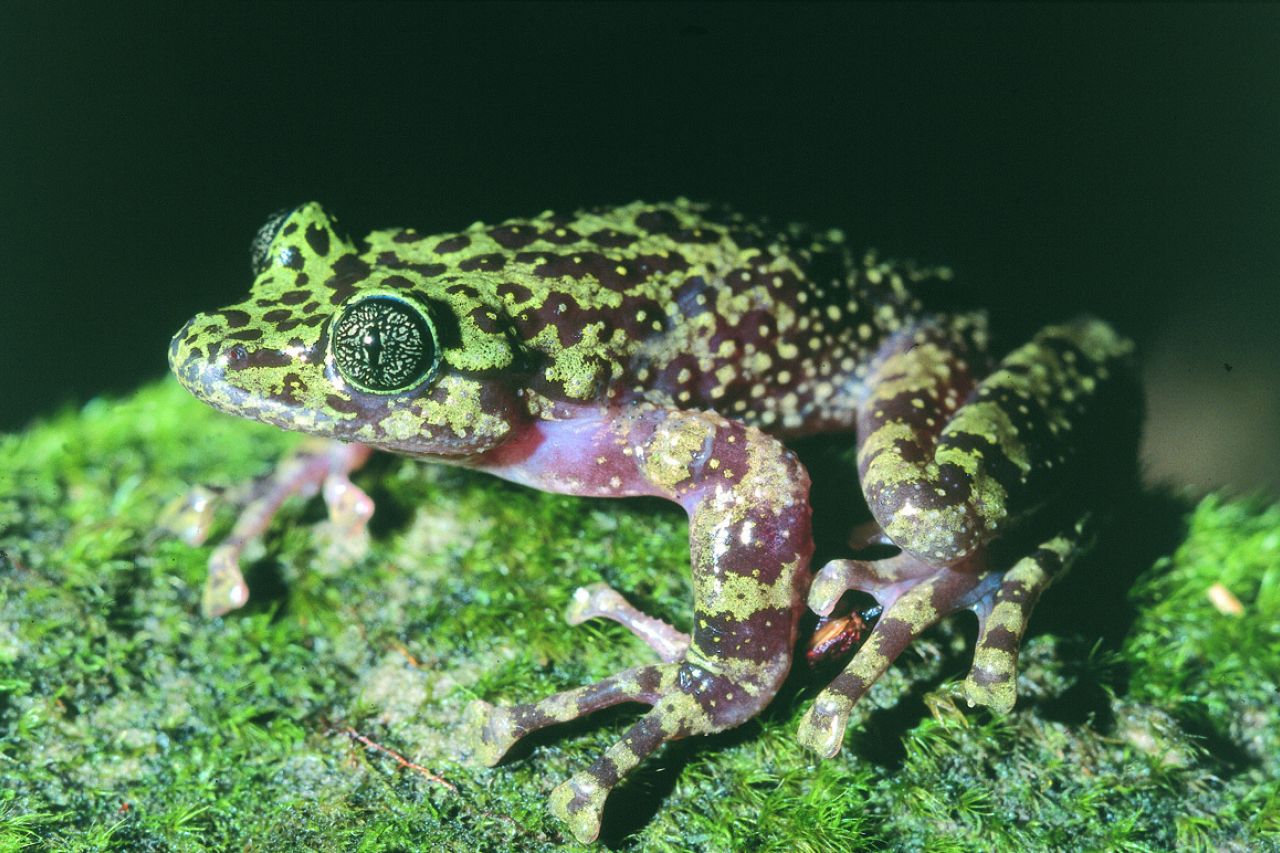
Related News
Sign up to our Newsletter
Receive monthly news, online courses and conservation programmes.
